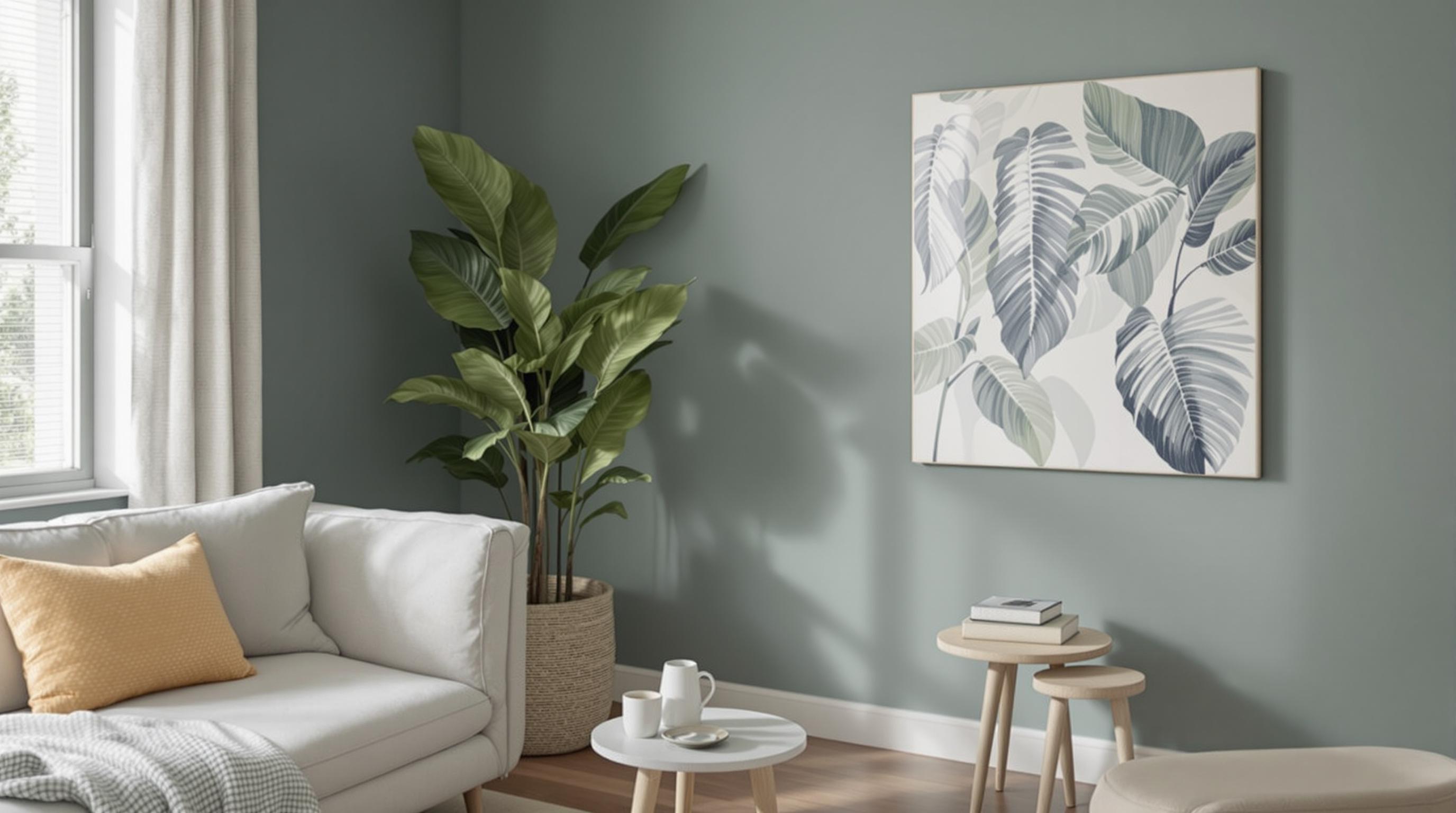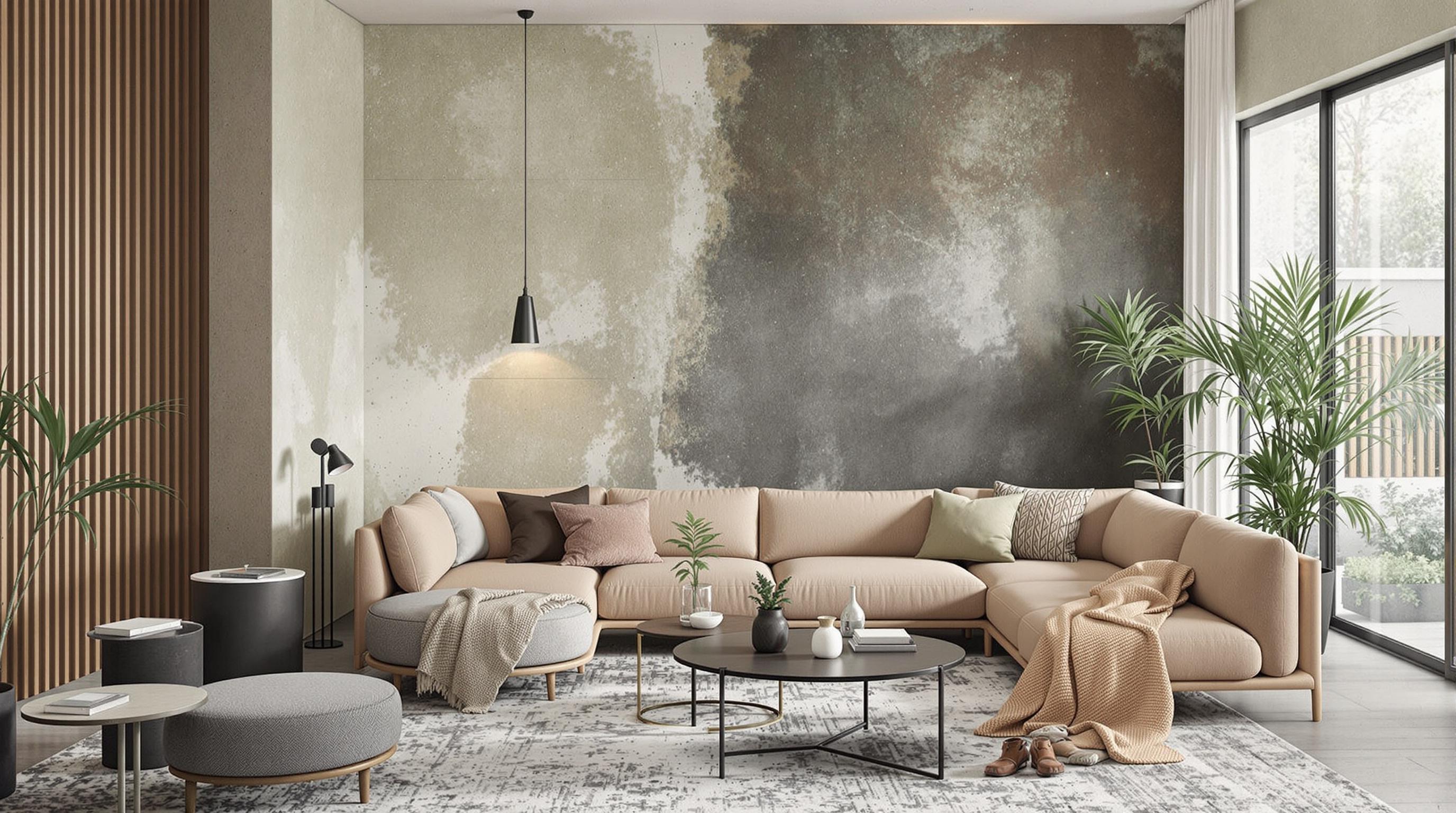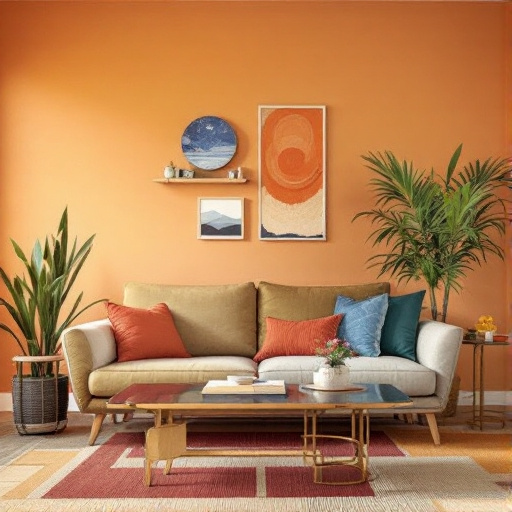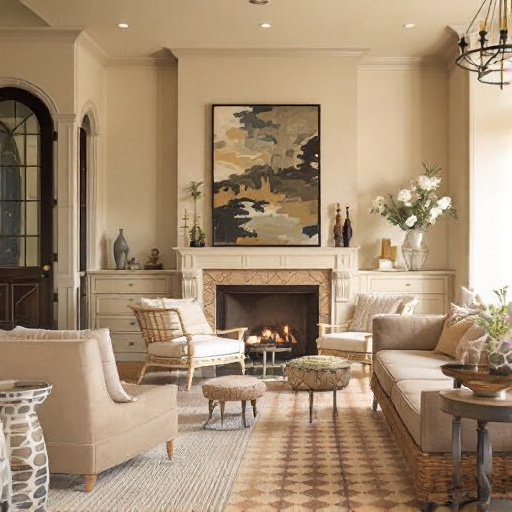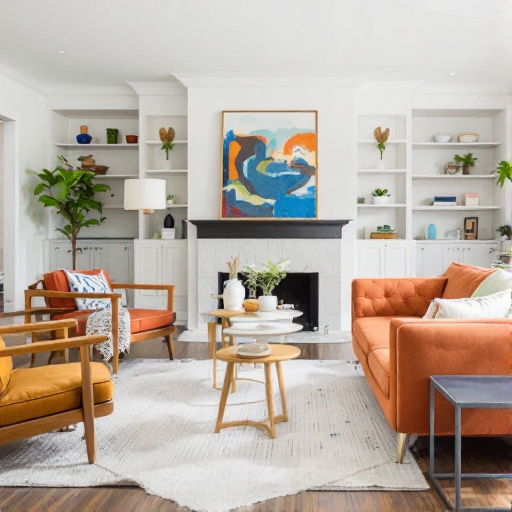Featured Articles
- "Beyond Beige: Unconventional Color Schemes That Challenge Traditional Home Design Norms"
- "Beyond Neutrals: Embracing Unconventional Color Pairings for a Bold Home Makeover"
- "Beyond Neutrals: Exploring the Psychology of Unconventional Color Pairings in Home Decor"
- Color Psychology: How House Paint Choices Impact Mood and Relationships in Unexpected Ways
- How Microclimates Indoors Influence Color Choices and the Subtle Energy Flow in Living Spaces
"Beyond Neutrals: Exploring the Psychology of Unconventional Color Pairings in Home Decor"
"Beyond Neutrals: Exploring the Psychology of Unconventional Color Pairings in Home Decor"
Unconventional color pairings in home decor can profoundly influence our emotions and perceptions, presenting an exciting alternative to the muted tones that have dominated recent trends. This article delves into the psychological implications of bold colors, explores historic and contemporary examples, and invites you to embrace eccentricity in your living spaces.
The Psychology of Color
Color is more than just a visual experience; it is an emotional and psychological trigger. According to color theory, different hues evoke distinct feelings and energies. For example, blue can evoke calmness, while red might stimulate passion or excitement. A fascinating case study conducted by the Institute for Color Research reveals that people make a subconscious judgment about a person, environment, or product within 90 seconds—up to 90% of that judgment is based purely on color.
Why Go Beyond Neutrals?
As a writer in my late twenties, I can tell you that the trend toward neutrals—which many designers claim creates a 'timeless elegance'—overlooks the dynamic possibilities that unconventional color pairings can offer. The truth is, while taupe and beige are nice, they often leave spaces feeling sterile. Think about it: would you rather walk into a café adorned with earthy browns or one decked out in bold, unexpected color combinations that spark joy? The latter not only delights the eye but can also have a profound effect on our mood and creativity.
Case Study: The Impact of Color in Commercial Spaces
Let’s take a look at two different cafes—one painted in muted shades of gray and the other in bright oranges and teals. Studies indicate that the second café attracts customers for longer periods, fostering creativity and collective engagement (Lee, 2018). The unconventional color pairing not only sets a vibrant mood but also encourages social interaction, proving that psychology and design go hand-in-hand.
Breaking the Rules
Breaking design rules is where the magic happens. Many professional designers, like the renowned Jonathan Adler, thrive by pairing bright yellows with deep blues or unexpected pops of pink against a backdrop of rich emerald green. Adler famously stated, "Color is my everything; it’s the first thing people notice." His audacity to mix and match offers an exhilarating blueprint for those eager to step outside their comfort zone.
Embarking on Your Color Journey
Feeling a bit overwhelmed? That’s completely normal! One simple method is to use the color wheel. Complementary colors—like purple and yellow—can create striking contrasts that engage and excite. Alternatively, analog colors—those next to each other on the wheel, such as blue and green—can provide a more harmonious feel. You might try this at home by showcasing a quirky piece of furniture that combines bold colors, or even curating a gallery wall with frames painted in unconventional shades.
Statistics and Trends
In 2022, a survey conducted by the International Color Authority found that over 70% of homeowners are now opting for lively color palettes instead of the traditional neutral schemes. This shift indicates a growing desire for personal expression and emotional enrichment through design. Indeed, we are moving toward homes that tell stories rather than serve as mere backdrops.
Layering Colors
Once you're ready to explore, layering is key. You don’t have to dive headfirst into a neon pink kitchen. Start with accents—think throw pillows, artwork, or even a vibrant rug. Layer these bold elements with classic neutrals, such as a beige sofa or white walls, to strike a balance while still making a statement.
The Power of Textures
Additionally, consider the impact of textures. A glossy, peacock blue paint can exude luxury when paired with a matte surface like a caramel velvet sofa. This juxtaposition draws interest and invites tactile experiences, making your space multi-dimensional—much like a great novel that you can’t put down.
Humor in Color
Let’s also discuss the lighter side of color. Who said your living room can’t have lime green walls paired with an indigo couch? It might sound like a bad coordinated outfit from the '80s, but done right, it can create a fun and whimsical atmosphere! Imagine telling your friends, “Oh, sure, my living room looks like the inside of a piñata, but at least it’s not boring!”
Inviting Nature In
Nature is an endless source of inspiration for unconventional pairings. A sunflower yellow can look stunning against a deep forest green, mimicking sunlight filtering through trees. Similarly, a soft lavender can become breathtaking when placed beside natural wood elements. Bringing in colors inspired by nature can ground a space, facilitating both tranquility and vibrancy.
A Touch of Personalization
Ultimately, your space should reflect your personality. Are you more of a sunset orange person or a moody navy lover? Consider creating a color palette based on your favorite seasons. If you adore autumn, think about incorporating rich burgundies, burnt oranges, and soft yellows. Note that this doesn't mean overindulging; a touch of each can create a unified yet interesting atmosphere.
Flexibility with Colors
One avenue of decorating that continues to grow is the idea of flexibility. Consider using removable wallpaper in vibrant patterns or brightly colored furniture that can easily be reupholstered if your tastes shift. A brilliant chartreuse sofa could be stunning for the next couple of years, but if you find yourself yearning for calm, a simple slipcover could transform it into a coastal retreat—talk about versatility!
Conclusion: Your Space, Your Rules
To wrap things up, it's clear that stepping beyond neutrals can open a world of creativity, engagement, and personal expression in home decor. We are encouraged to embrace the uniqueness of color, pair unconventional hues, and create experiences in our living spaces that evoke our personalities, emotions, and stories. So, grab that paintbrush, browse through intricate textiles, and dare to dance on the wild side of color! After all, your home should be more than just a shelter; it should be an extension of who you are.
